A backlit LED panel light is a low profile troffer light which employes a planar LED module to pump light directly through the optical diffuser. This configuration is designed to address the downsides of edge-lit devices.
The proven benefits of edge-lit LED panel lights are well-known. These surface emission devices are capable of delivering soft, homogeneous illumination across the entire surface of the light emission surface (LES). The edge-lit technology uses a light guide panel (LGP) to uniformly distribute and direct downward the light emitted by the side-firing LEDs. While the revolutionary edge-lit LED architecture enables an extremely uniform light distribution and low profile design, the use of the LGP poses is a reliability issue.
The majority of edge-lit LED panels use LGPs that are made of polymethyl methacrylate (PMMA) or even polystyrene (PS). These LGPs have a lower cost when compared with LGPs made of polycarbonate (PC). However, PMMA and PS LGPs have poorer thermal stability. They will show noticeable yellowing over time. Polycarbonate offers superior thermal stability compared to PMMA and PS resins and therefore delivers higher color stability for LED lighting applications. But nevertheless, PC resins are seldom used in edge-lit LED systems due to cost considerations.
Polymers LGPs not only have limited lengths of exposure to the radiation at elevated temperatures, but they will also degrade under the intense and prolonged UV exposure and cause color shift when exposed to high condensing moisture. All these changes in the optical properties of LGPs often mean catastrophic failures of an edge-lit LED panel light.
Backlit LED panel lights are valued for their high optical stability and affordability. The absence of LGPs addresses the vulnerability of the edge-lit optical design while reducing the parts count. The backlit architecture also reduces the use of SMD LEDs, without compromise in lumen output. The conventional challenge to the backlit architecture is that a deeper profile is needed to eliminate visible hot spots from pinpoint LEDs. The advancement in optical diffusion technology made it possible to create ultra-thin backlit systems that replicate the optical performance of edge-lit systems.

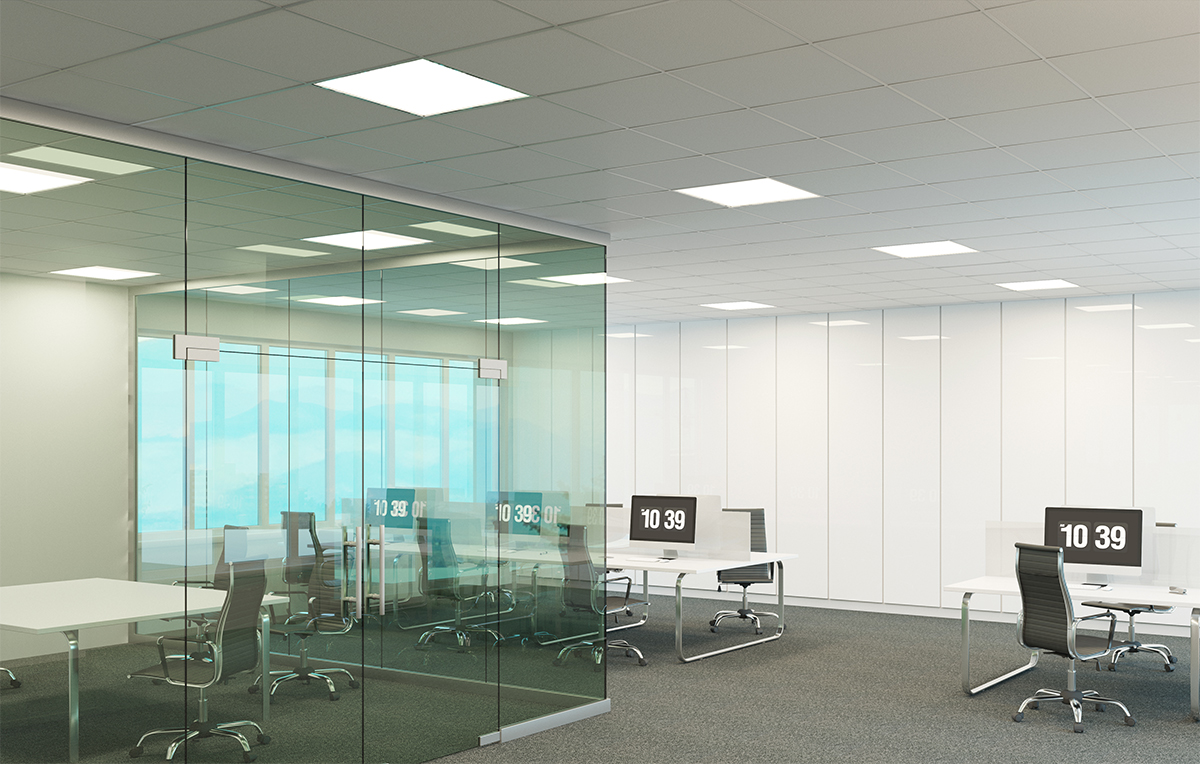


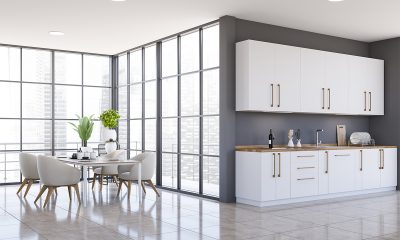
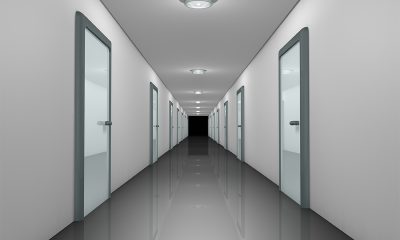
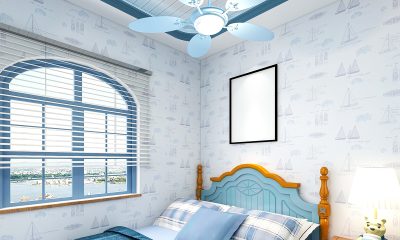
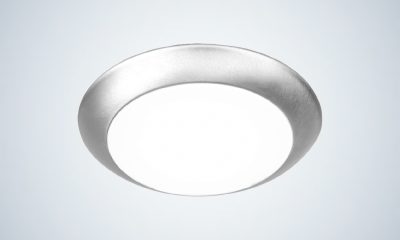



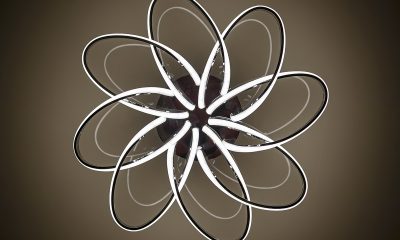
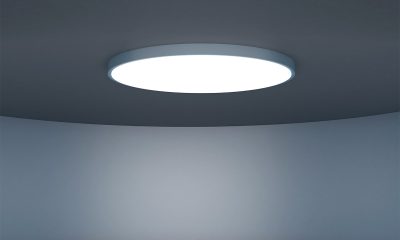
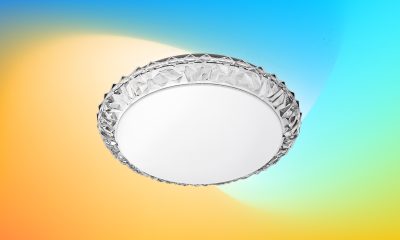





Loading...